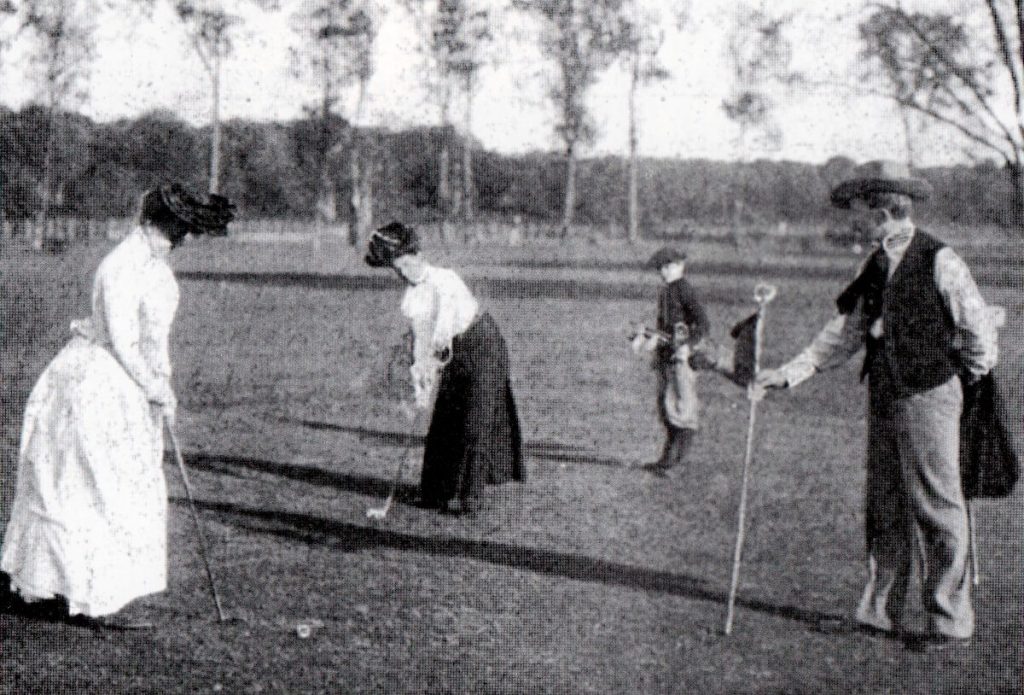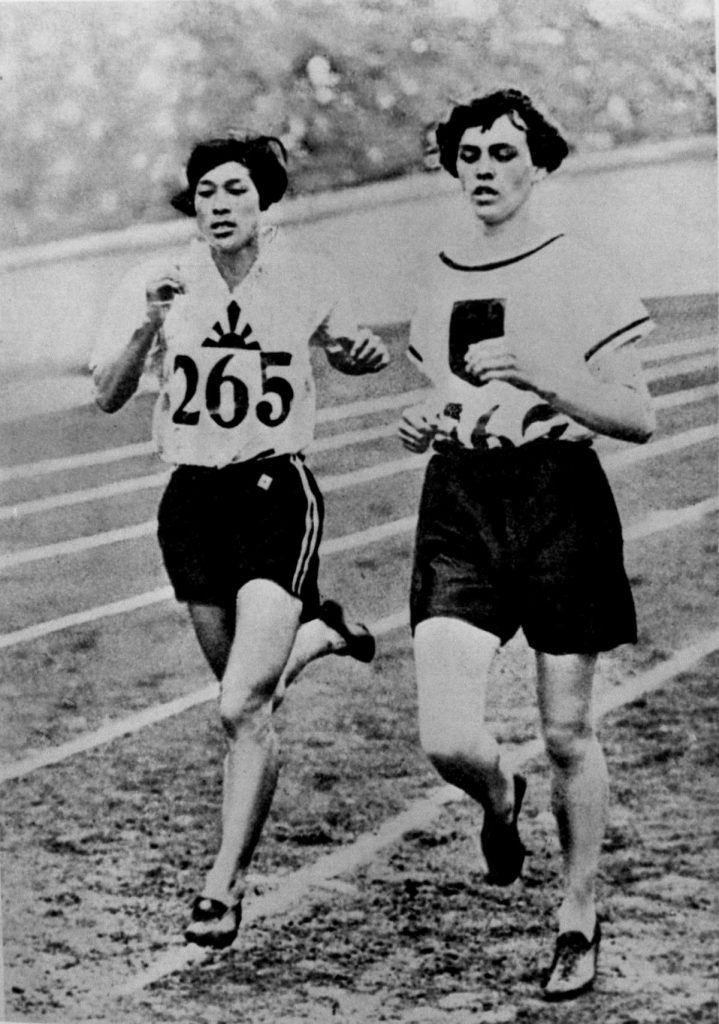Stories from Past Olympics and Paralympics - 5Women’s long road to Olympic participation

On February 18, 2021, lawmaker and Olympic speed skater and track cyclist Seiko Hashimoto was named president of the Tokyo Organising Committee of the Olympic and Paralympic Games, replacing Yoshiro Mori, who had stepped down after making sexist remarks that created a media uproar in Japan and overseas. Japan is considered to lag much of the rest of the world in terms of women’s social participation, ranking 121 of 153 countries covered by the World Economic Forum’s Global Gender Gap Report 2020, and her appointment was seen as a step forward in this area. Looking back through history, until recently the Olympics have not been accommodating toward women.
In the late 19th century, women of the well-off classes enjoyed sports like horseback riding, tennis, golf, skiing, and ice skating for amusement, but did not engage in serious competition. As in the Ancient Olympics, women were not allowed to participate in the 1st Olympiad, held in Athens in 1896. Echoing the prevailing view of that time, IOC founder Pierre de Coubertin, who is known as the father of the Modern Olympics, is said to have considered it unpleasant to watch women play sports because they were not elegant or interesting to watch. This was despite the fact that his mother was an accomplished fencer and enjoyed playing lawn tennis at the court on their estate, which was the first in that region of France.
In 1900, at the Paris Games, women were allowed to participate but as individual athletes only in tennis and golf, and they were required to wear long sleeves and skirts to avoid exposing their skin to the sun. At the 3rd Olympiad, held in St. Louis in 1904, archery was added as a women’s sport, and at the 1908 London Games female athletes competed in archery, tennis, and figure skating. Swimming and diving replaced archery and figure skating at the 1912 Stockholm Games, but the only swimming events allowed were those deemed “feminine” by the male organizers.
Advances made by Alice Milliat and Hitomi Kinue
Alice Milliat was a French amateur rower who was instrumental in integrating women into the Olympic Games. In 1919, as president of the Fédération des sociétés féminines sportives de France (FSFSF), she sent a letter to the IOC requesting that events for women be expanded at the 1920 Antwerp Games. Although equestrian events and sailing were added to the program, her request to include track and field events was rebuffed.
In response, Ms. Milliat established the Fédération Sportive Féminine Internationale (FSFI; the International Women’s Sports Federation) in 1921, and in 1922 the FSFI organized the Women’s Olympics as the world’s first international track and field competition for women. The event lasted only one day, but featured 77 athletes from five countries, with roughly 20,000 spectators. The second event was held four years later in Gothenburg, Sweden, with one participant from Japan – Hitomi Kinue.
After studying at what is today the Japan Women’s College of Physical Education, which had been established by Tokuyo Nikaido, Ms. Kinue went to work for the athletic department of the Osaka Mainichi Shimbun newspaper. At Gothenburg, she set a new world record in the long jump with a distance of 5 meters 50 centimeters, and also won the gold medal for the standing long jump, the silver medal for the discus throw, and the bronze medal for the 100-yard dash. She was also awarded an honorary special prize by Ms. Milliat for her overall performance. In 1928, with Henri de Baillet-Latour having succeeded Mr. Coubertin as president of the IOC, women’s track and field events were added to the program of the Amsterdam Games, and Ms. Kinue became Japan’s first female Olympic medalist after winning the silver medal in the 800-meter event.

By 1928 the FSFI had become integrated into the International Amateur Athletic Federation, which limited women’s track and field participation at Amsterdam to five events. Not satisfied, Ms. Milliat went on to organize two more events, in Prague in 1930 and in London in 1934, but as the Women’s World Games as the IOC would not permit the use of the term “Olympics.”
Ms. Milliat, Ms. Nikaido, and Ms. Kinue are proof that one woman can change the history of women’s sports. Building on this momentum, the percentage of female athletes competing in the Olympics surpassed 10% at the 1952 Helsinki Games, and 20% at the 1976 Montreal Games. The first women to become members of the IOC – Venezuelan Flor Isava Fonseca and Finn Pirjo Häggman – joined in 1981, and Ms. Fonseca became an executive board member in 1990. In 1995, the IOC signed the Brighton Declaration, which had been formulated the previous year by the International Working Group (IWG) on Women and Sport as a roadmap to increase women’s participation in sports, and the first IOC World Conference on Women and Sport was held in 1996. In 2014, the IOC set a target of 50:50 participation by male and female athletes by 2020, and by the 2016 Rio Games the percentage of female athletes had risen to 45.6%. This is expected to be slightly higher, at 48.7%, for Tokyo 2020, nearing but not quite reaching the target.
Contact
Public Relations Team
The Nippon Foundation
- Email: cc@ps.nippon-foundation.or.jp



